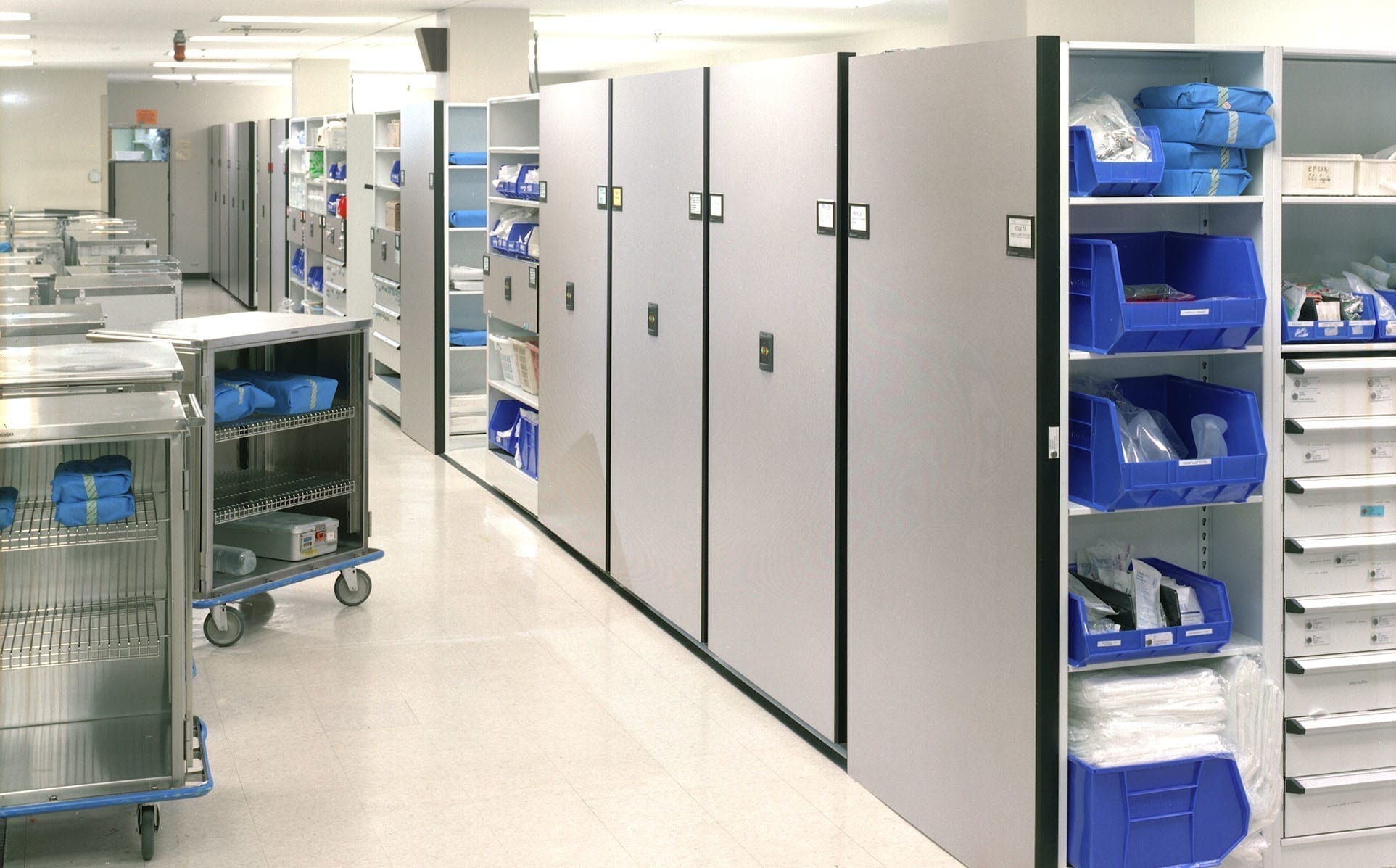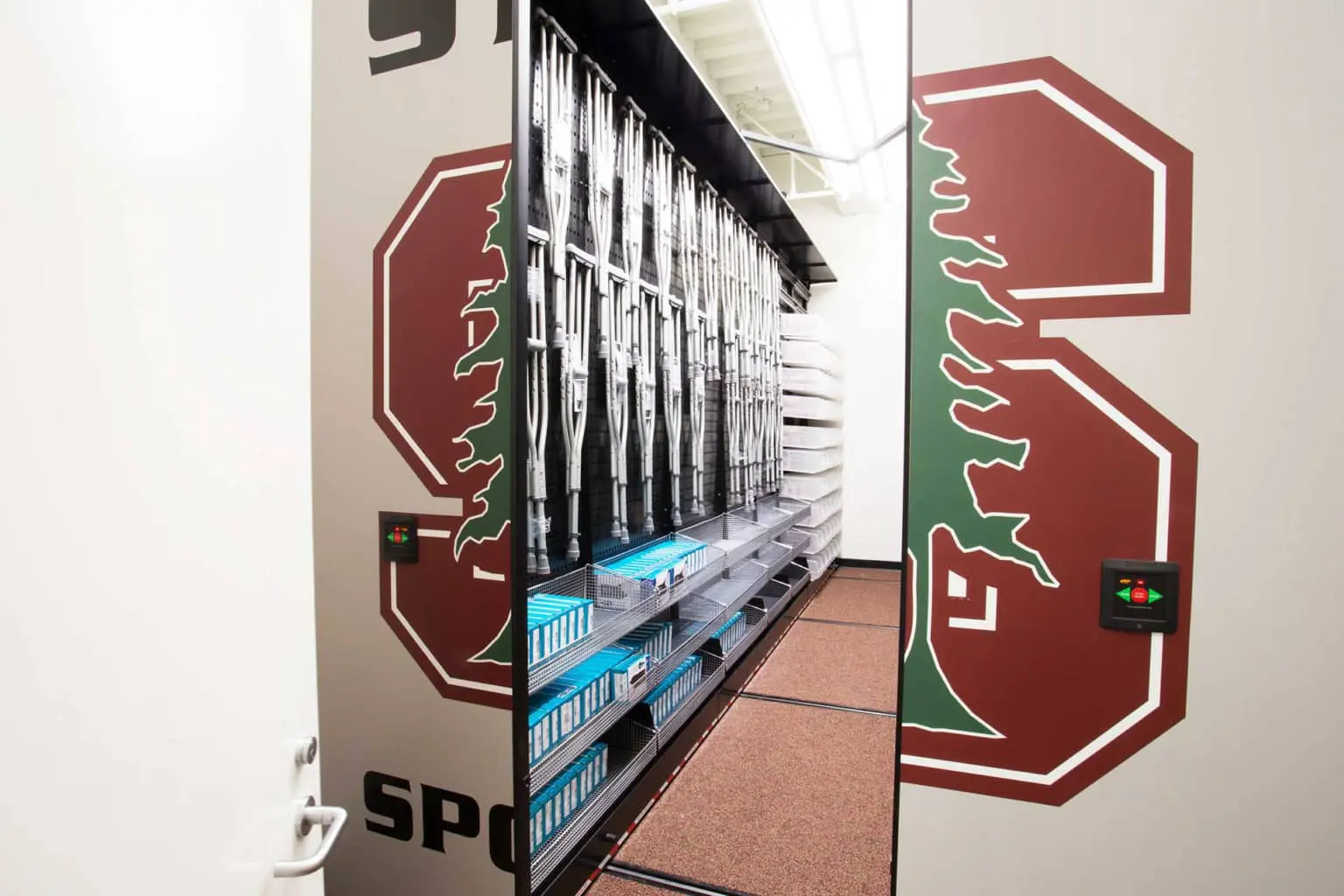
The need for sustainable mobile storage solutions has grown in the context of contemporary libraries. Libraries play a significant role in promoting eco-friendly activities since they are sources of knowledge and valuable community resources. We’ll go into the idea of green storage options for libraries in this blog, illuminating their relevance and the advantages they offer.
The Need for Sustainability in Libraries
Libraries are expected to set the bar for sustainability in a time of increased environmental awareness. Traditional storage techniques, which are characterized by static shelves and insufficient space usage, frequently result in resource waste. It is crucial to take into account how libraries’ environmental impact as they adjust to changing community requirements.
These days, libraries act as community hubs and knowledge centers in addition to being book storage facilities. Adopting sustainable practices enables libraries to support the worldwide initiative to cut carbon emissions and protect natural resources. Libraries are in a unique position to encourage and motivate users and the larger community to embrace environmentally friendly behaviors.
Types of Green Storage Solutions
A variety of green storage solutions are available to libraries seeking to minimize their environmental impact. These solutions are designed to optimize space, reduce energy consumption, and enhance overall efficiency. Some common options include:
Mobile Shelving Systems: These movable shelving units offer improved space utilization by eliminating unnecessary aisles. They can be easily adjusted to accommodate various types of materials.
High-Density Storage: High-density storage systems, such as compact shelving and stackable storage, maximize space efficiency and are ideal for libraries with limited square footage.
Energy-Efficient Lighting: Incorporating energy-efficient lighting systems in storage areas can significantly reduce electricity consumption.
Recycled Materials: Choosing storage solutions made from recycled or sustainable materials supports eco-friendly initiatives.
Temperature and Humidity Control: Implementing proper climate control systems can help preserve library materials, reducing the need for replacements and ultimately saving resources.
Benefits of Green Storage Solutions
Implementing green storage solutions in libraries offers a range of tangible benefits. These advantages extend beyond environmental considerations to include:
Energy Efficiency: Sustainable storage solutions often require less energy to operate, resulting in reduced utility costs.
Space Optimization: Libraries can maximize their available space, allowing for expanded collections and improved patron areas.
Cost Savings: Lower energy bills and reduced maintenance costs contribute to significant long-term savings.
Preservation of Collections: Proper climate control and space optimization help extend the lifespan of library materials, reducing the need for replacements.
Community Engagement: Libraries that prioritize sustainability become focal points for community education and engagement on environmental issues.
How to Implement Green Storage
Transitioning to green storage solutions requires a strategic approach. Here are steps to guide libraries in this transition:
Assessment: Begin with a thorough assessment of current storage practices, energy usage, and space utilization.
Identify Needs: Determine the specific needs and priorities of your library, considering budget constraints and available space.
Research Options: Explore various sustainable storage solutions and consult with experts or suppliers to identify the most suitable options.
Budget Planning: Develop a budget that accounts for initial investments and long-term savings resulting from sustainability initiatives.
Installation and Training: Once chosen, ensure proper installation of selected systems and provide staff training on their use and maintenance.
Monitoring and Adaptation: Continuously monitor energy consumption and storage efficiency, making adjustments as needed to maximize benefits.
FAQ Section
Why should libraries consider green storage solutions?
-Green storage solutions offer libraries a range of benefits, including cost savings, energy efficiency, and better preservation of collections. Prioritizing sustainability aligns libraries with modern environmental goals and positions them as community leaders in eco-friendly practices.
How can libraries determine the right sustainable storage solution for them?
-Libraries should assess their specific needs, budget, and available space. Expert consultations and considering factors like flexibility and maintenance requirements can help libraries choose the most suitable green storage solution.
Are there financial incentives available for libraries pursuing sustainability initiatives?
-Yes, governments and organizations often provide grants and incentives to support sustainability efforts in libraries. Libraries can explore opportunities at local, state, or national levels to secure funding for green initiatives.
What kind of maintenance do eco-friendly storage systems require?
-Maintenance needs vary by system, but eco-friendly storage solutions typically require regular inspections, cleaning, and occasional adjustments. Libraries should provide staff training to ensure proper care and efficient operation.



